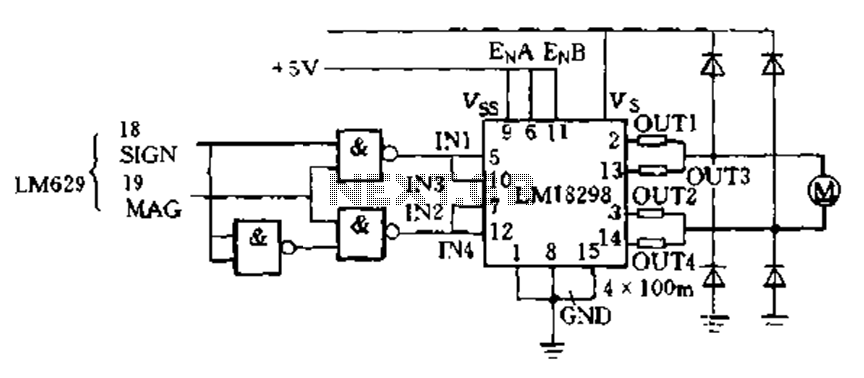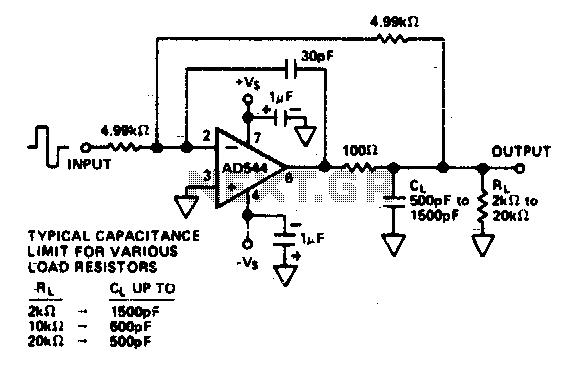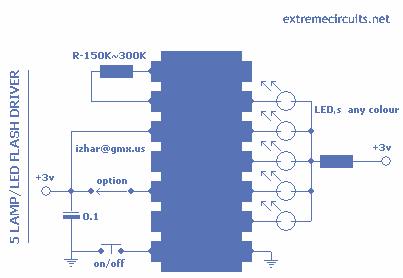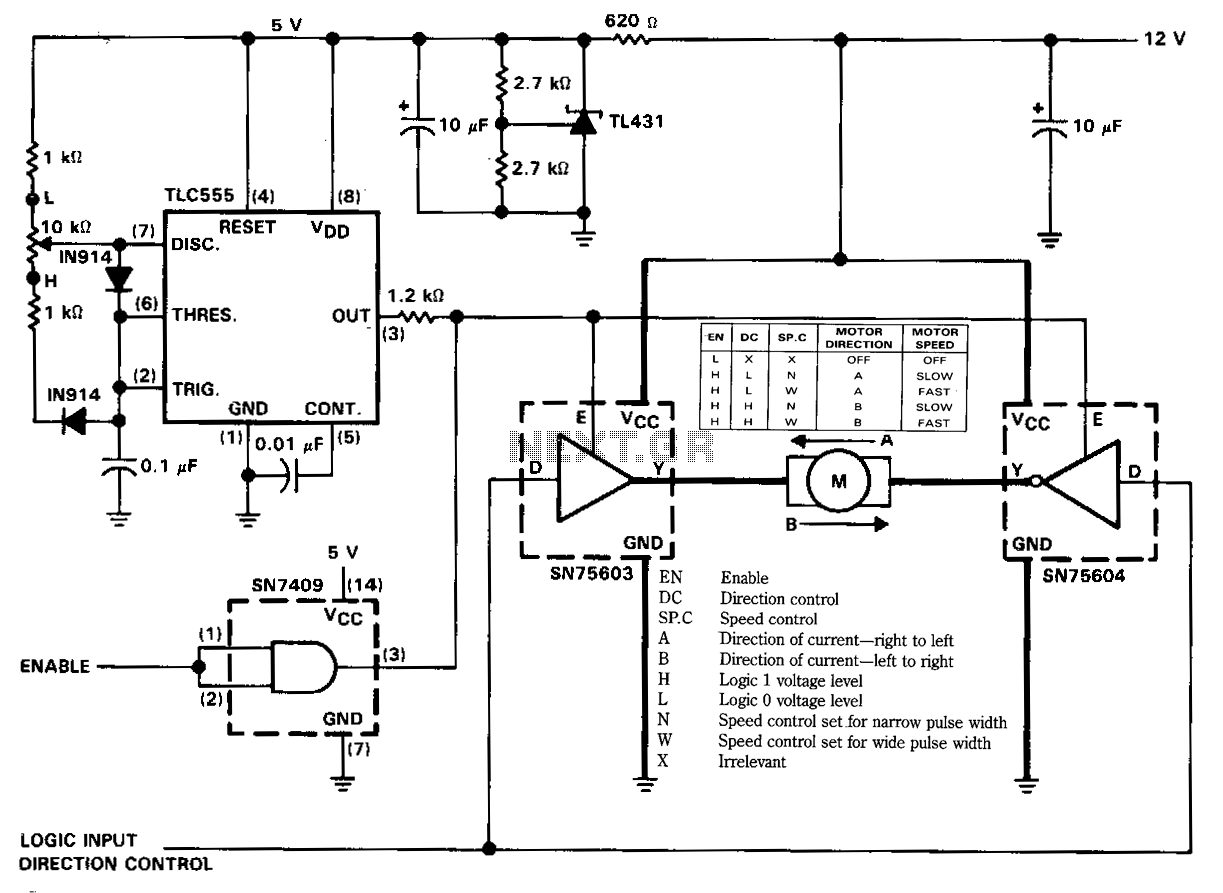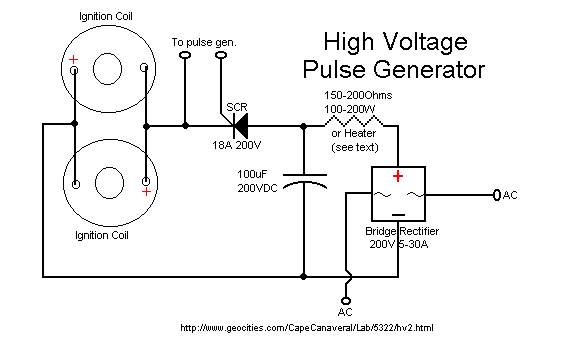
Electrical drive III

For the DIY Motion Platform III, the electrical motion drive was expanded to three channels. The small signal concept remained unchanged, but the MOSFET half-bridge was modified to a full bridge (H-bridge). The DAC converter was upgraded to a four-channel version. Although the circuit is not overly complex, achieving stable operation can be challenging. Several layout revisions and modifications were necessary to attain stability. The circuit comprises sensitive digital components and high-current switching power stages, making layout design crucial. Individuals with experience in constructing such circuits may find the project enjoyable and likely successful. However, those without knowledge of power electronics and lacking an oscilloscope for troubleshooting are advised to consider purchasing commercial motor drivers. Building this circuit may be more cost-effective than buying three motor drivers, depending on component pricing. Some suppliers, like Farnell, may be expensive, but alternatives with more reasonable prices may be available. The driving signals for the integrated circuit (IC) are designed to ensure a dead-time between the switch-off of one MOSFET and the switch-on of another. Inadequate dead time could lead to simultaneous conduction of both MOSFETs, shorting the supply and damaging the devices. The drive and position feedback are combined, with the op-amp output driving the inputs of two comparators. A resistor network ensures a slight offset between the inputs of the comparators, while the other inputs receive a triangle waveform (essentially a sawtooth). Adjusting the DC voltages alters the on-times of the low-side and high-side MOSFETs while maintaining a constant dead time between transitions. The H-bridge circuit requires each high-side MOSFET drive to have its own floating supply. The bootstrap technique, as specified in the IC documentation, is utilized, necessitating a special bias resistor (R12 and R16 via Vboost) to maintain the high-side MOSFET floating supply even under 100% duty cycle conditions. Vboost is approximately 18V higher than the +BAT voltage, ensuring correct gate drive supply under all switching conditions. Diodes D19 and D20 are essential for protecting the drive ICs from negative voltage spikes. Although the H-bridge circuit has roughly double the component count of the half-bridge, it only requires a single positive BAT supply without current sink capabilities. In version 2.3, the IRFP250 MOSFET was replaced with the IRFB4610, which has a lower Rds(on) and faster body diodes, making it suitable for hard-switching configurations. A portion of the small signal section of the motion drive is depicted. Some resistor values may need adjustment based on actuator travel and gear ratios of the position potentiometer. A notable change in this version is the implementation of soft-start in the small-signal chain (S3 and R23). During startup, the relay remains inactive, and R23 limits the error signal, providing only limited driving capability to center the platform. Once the soft-start signal is high, the relay deactivates R23, enabling full drive speed. Additionally, the dead-time has been reduced by lowering the values of R25 and R26, decreasing dissipation in the MOSFETs. The dead-time across all three bridges needs to be minimized, as detailed in the full schematic at the end. The power supply for the Motion Driver is depicted above, providing standard +15V and -15V for the small signal supply. The delay for the battery switch and S...
The design of the DIY Motion Platform III incorporates an H-bridge configuration that allows for bidirectional control of the motors, which is essential for applications requiring precise motion control. The use of MOSFETs, specifically the IRFB4610, enhances the efficiency and performance of the drive circuit due to their low on-resistance and rapid switching capabilities. The incorporation of a bootstrap circuit for the high-side MOSFETs ensures that they receive adequate gate drive voltage even during high-duty cycle operations, preventing issues related to insufficient gate drive that could lead to MOSFET failure.
The feedback mechanism integrated into the circuit is crucial for maintaining accurate position control. The combination of an op-amp and comparators allows for real-time adjustments based on the position feedback, ensuring that the platform responds correctly to control signals. The design also emphasizes the importance of dead time in preventing shoot-through conditions, which could cause excessive power loss and damage to the components. The adjustments made to the dead-time values demonstrate a commitment to optimizing performance while minimizing thermal dissipation.
Furthermore, the soft-start feature is a critical enhancement that prevents sudden surges in current during the initial power-up phase, thereby protecting the system from potential damage and ensuring a smoother operational start. This feature is particularly beneficial in applications where mechanical components may be sensitive to abrupt movements.
Overall, the design and implementation of the DIY Motion Platform III reflect a comprehensive understanding of power electronics and motion control systems, making it a valuable project for those with the requisite skills and knowledge in electronics.For DIY Motion Platform III, the electrical motion drive needed to be expanded to 3 channels. The small signal concept was not altered, but the MOSFET half-bridge was changed into full bridge. (H-bridge). The DAC converter was expanded to 4 channel version. Although the circuit is not extremely complex, it can be tricky to get it to work properly. It took me a couple of re-layouts and several modifications to get it stable. Since it consists of both sensitive digital circuits and high current switching power stages, the layout is extremely important. If you have some experience in building these kind of circuits, it`s good fun and will probably work.
Without any knowledge of power electronics, and no oscilloscope to do troubleshooting, I would recommend to buy commercial motor drivers. Price-wise, you`ll probably be cheaper building this circuit than buying three motor drivers, but this depends a lot on the price you can get the components listed.
Farnell is very expensive, but there must be others that offer the components for more reasonable price. The driving signals for the IC are made such that there is some dead-time between the switch-off of one Mosfet and switch-on of the other.
Without sufficient dead time, the two Mosfets could conduct simultaneously, shorting out the supply, thereby killing both Fets. The drive and position feedback are added together. The output of the opamp drives the inputs of two comparators, where the resistor network takes care that there is a small offset between the two comparators inputs.
The other inputs of the comparators are driven by a triangle waveform. (actually it`s a sawtooth but it does not make a difference) The resulting outputs of the comparators is shown at the right. Moving the DC voltages up will result in longer on-times of the low side Mosfet and shorter On times for the Hi-side Mosfet and visa versa.
The dead time between two transitions will remain constant. The H-bridge circuit is show above. Each high-side Mosfet drive has it`s own floating supply. This time I have made use of the bootstrap trick as shown in the IC spec. but I needed to add a special bias resistor (R12 and R16 via Vboost) to make sure that the Hi-side Mosfet floating supply will remain, also in 100% duty cycle conditions. Vboost is a voltage that is about 18V higher than the +BAT voltage. With this solution, the Mosfet drive always has correct gate drive supply, regardless the switching conditions.
Diodes D19 and D20 proved necessary to protect the drive IC`s from negative spikes. Although the H-bridge circuit has about double the component count of the half-bridge, it has the advantage that it needs only one single positive BAT supply, which does not need current sink capabilities. * Update version 2. 3: I have replaced the IRFP250 by IRFB4610. They have lower Rdson, but more importantly they have very fast body diodes and are especially designed for hard-switching configuration.
A part of the small signal section of the Motion drive is shown above. Some resistor values may need to be modified depending on the amount of actuator travel and the gear-ratio of the Position potmeter pickup. A change compared to the previous circuit is the implementation of soft-start: Now this is implemented in the small-signal chain.
(S3 and R23). During start-up, the relay is not activated, and R23 attenuates the error signal in such a way that the platform has only limited driving capability to move to the center point. When the softstart signal goes high, the relay switches off R23 and full drive speed is enabled. * Update version 2. 3: I have reduced the dead-time by lowering the values for R25/R26. This reduces dissipation in the MOSFETS. Dead-time of all 3 bridges need to be reduced, see full schematic at the bottom. The power supply of the Motion Driver is show above. Standard + and - 15V for the small signal supply. The delay for Battery switch and S 🔗 External reference
The design of the DIY Motion Platform III incorporates an H-bridge configuration that allows for bidirectional control of the motors, which is essential for applications requiring precise motion control. The use of MOSFETs, specifically the IRFB4610, enhances the efficiency and performance of the drive circuit due to their low on-resistance and rapid switching capabilities. The incorporation of a bootstrap circuit for the high-side MOSFETs ensures that they receive adequate gate drive voltage even during high-duty cycle operations, preventing issues related to insufficient gate drive that could lead to MOSFET failure.
The feedback mechanism integrated into the circuit is crucial for maintaining accurate position control. The combination of an op-amp and comparators allows for real-time adjustments based on the position feedback, ensuring that the platform responds correctly to control signals. The design also emphasizes the importance of dead time in preventing shoot-through conditions, which could cause excessive power loss and damage to the components. The adjustments made to the dead-time values demonstrate a commitment to optimizing performance while minimizing thermal dissipation.
Furthermore, the soft-start feature is a critical enhancement that prevents sudden surges in current during the initial power-up phase, thereby protecting the system from potential damage and ensuring a smoother operational start. This feature is particularly beneficial in applications where mechanical components may be sensitive to abrupt movements.
Overall, the design and implementation of the DIY Motion Platform III reflect a comprehensive understanding of power electronics and motion control systems, making it a valuable project for those with the requisite skills and knowledge in electronics.For DIY Motion Platform III, the electrical motion drive needed to be expanded to 3 channels. The small signal concept was not altered, but the MOSFET half-bridge was changed into full bridge. (H-bridge). The DAC converter was expanded to 4 channel version. Although the circuit is not extremely complex, it can be tricky to get it to work properly. It took me a couple of re-layouts and several modifications to get it stable. Since it consists of both sensitive digital circuits and high current switching power stages, the layout is extremely important. If you have some experience in building these kind of circuits, it`s good fun and will probably work.
Without any knowledge of power electronics, and no oscilloscope to do troubleshooting, I would recommend to buy commercial motor drivers. Price-wise, you`ll probably be cheaper building this circuit than buying three motor drivers, but this depends a lot on the price you can get the components listed.
Farnell is very expensive, but there must be others that offer the components for more reasonable price. The driving signals for the IC are made such that there is some dead-time between the switch-off of one Mosfet and switch-on of the other.
Without sufficient dead time, the two Mosfets could conduct simultaneously, shorting out the supply, thereby killing both Fets. The drive and position feedback are added together. The output of the opamp drives the inputs of two comparators, where the resistor network takes care that there is a small offset between the two comparators inputs.
The other inputs of the comparators are driven by a triangle waveform. (actually it`s a sawtooth but it does not make a difference) The resulting outputs of the comparators is shown at the right. Moving the DC voltages up will result in longer on-times of the low side Mosfet and shorter On times for the Hi-side Mosfet and visa versa.
The dead time between two transitions will remain constant. The H-bridge circuit is show above. Each high-side Mosfet drive has it`s own floating supply. This time I have made use of the bootstrap trick as shown in the IC spec. but I needed to add a special bias resistor (R12 and R16 via Vboost) to make sure that the Hi-side Mosfet floating supply will remain, also in 100% duty cycle conditions. Vboost is a voltage that is about 18V higher than the +BAT voltage. With this solution, the Mosfet drive always has correct gate drive supply, regardless the switching conditions.
Diodes D19 and D20 proved necessary to protect the drive IC`s from negative spikes. Although the H-bridge circuit has about double the component count of the half-bridge, it has the advantage that it needs only one single positive BAT supply, which does not need current sink capabilities. * Update version 2. 3: I have replaced the IRFP250 by IRFB4610. They have lower Rdson, but more importantly they have very fast body diodes and are especially designed for hard-switching configuration.
A part of the small signal section of the Motion drive is shown above. Some resistor values may need to be modified depending on the amount of actuator travel and the gear-ratio of the Position potmeter pickup. A change compared to the previous circuit is the implementation of soft-start: Now this is implemented in the small-signal chain.
(S3 and R23). During start-up, the relay is not activated, and R23 attenuates the error signal in such a way that the platform has only limited driving capability to move to the center point. When the softstart signal goes high, the relay switches off R23 and full drive speed is enabled. * Update version 2. 3: I have reduced the dead-time by lowering the values for R25/R26. This reduces dissipation in the MOSFETS. Dead-time of all 3 bridges need to be reduced, see full schematic at the bottom. The power supply of the Motion Driver is show above. Standard + and - 15V for the small signal supply. The delay for Battery switch and S 🔗 External reference
